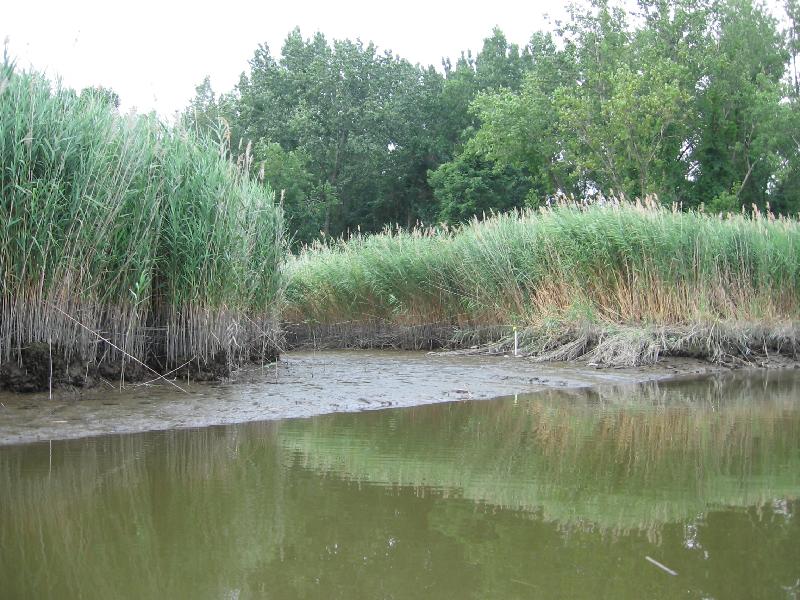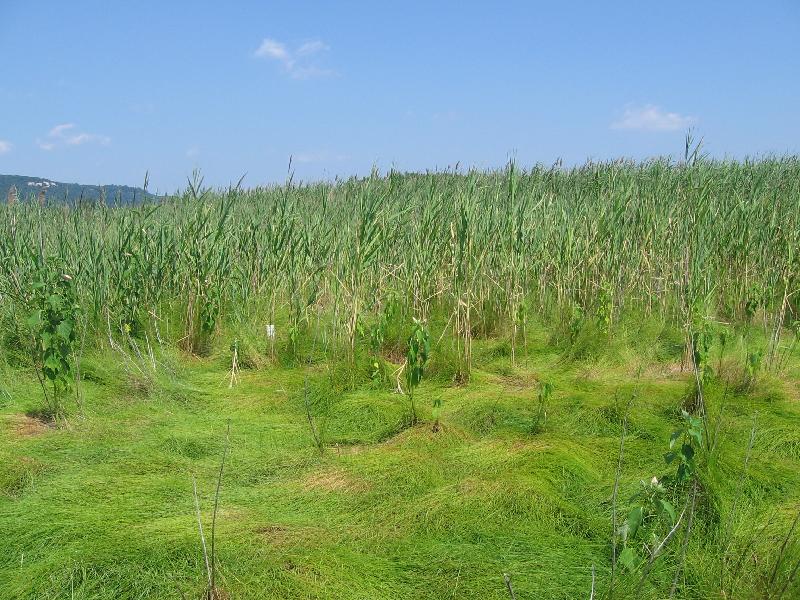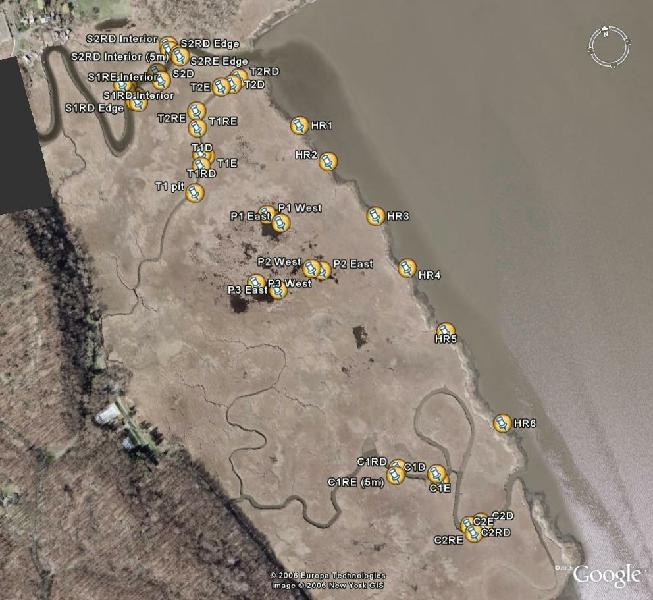
Phragmites australis: Invasive Plant Species
The Young Women’s Leadership School of East Harlem
Marine Science
Summer 2006
Objective:
Students will research and investigate invasive species, with specific focus on the exotic plant Phargmites australis and its impact on Piermont Marsh near the community of Piermont, New York. Students will spend 2 class periods learning about Phragmites, followed by a fieldtrip to the marsh where they will observe and document the impact of common reed on the marsh environment.
Materials and Logistical support:
Computer and LCD projector in the classroom
Transportation to the field site
Paradise Boats, Piermont, New York: arrange for kayak rental
Day 1: Introductory discussion:
Invasive species are organisms that spread rapidly and cause harm to other species. How does an introduced species or an exotic create problems for the natural ecosystem? What is Phragmites australis and why is it a problem in New York? To begin the discussion, the class will be directed to the following website:
http://site.www.umb.edu/conne/leslie/lesliepage.htm
Group Activity:
Class will break into groups of 4 students to discuss the following article by Dr. Stephen Ailstock. Students will prepare a debate on Phragmites removal. Hardcopy of the article will be provided for each student.
http://ola4.aacc.edu/smailstock/PhragmitesQ@A.htm
Assignment:
Go to the following website and view the PowerPoint presentation on Phragmites in the Hudson Estuary:
http://education.gsfc.nasa.gov/nycri/research/files/05-GISS6.ppt
Answer these questions:

Figure 1. Phragmites dominated creek bank in Piermont Marsh

Figure 2. Spartina patens in Piermont Marsh interior
Day 2: Pair and Share: Students will compare and discuss answers to the assigned questions. Class will then engage in a round table discussion of findings.
Preparations for fieldtrip:
Students will be briefed on appropriate clothing for the field. We will discuss expectations for recording field notes in preparation for final written report. Students will be grouped in field teams of 4 students. Teams will collaborate in collecting samples of vegetation, photographing sites and recording notes.
Day 3: Bus transportation to Paradise Boats in Piermont, New York will be provided. Students will kayak down Sparkill Creek and up into the unnamed tidal creek (Figure 3: site map) to observe and photograph the marsh vegetation. At site T1 students will disembark from kayaks and hike into the marsh interior to site P1 East (Figure 2).

Figure 3: Map of Piermont Marsh with site markings for fauna sampled in summer 2006
Assessment:
Due at the end of week: Students will prepare a report summarizing their fieldtrip to Piermont Marsh. Report will include photographs of vegetation and follow standard format for writing a scientific report.
Science Standards:
S1. Students will use mathematical analysis, scientific inquiry, and engineering design as appropriate to pose questions, seek answers and develop solutions.
S2. Students will access, generate, process, and transfer information using appropriate technologies.
S4. Students will understand and apply scientific concepts, principles and theories pertaining to the physical setting and living environment and recognize the historical development of ideas in science.
S6. Students will understand the relationships and common themes that connect mathematics, science, and technology and apply the themes to these and other areas of learning.
S7. Students will apply the knowledge and thinking skills of mathematics, science, and technology to address real life problems and make informed decisions.